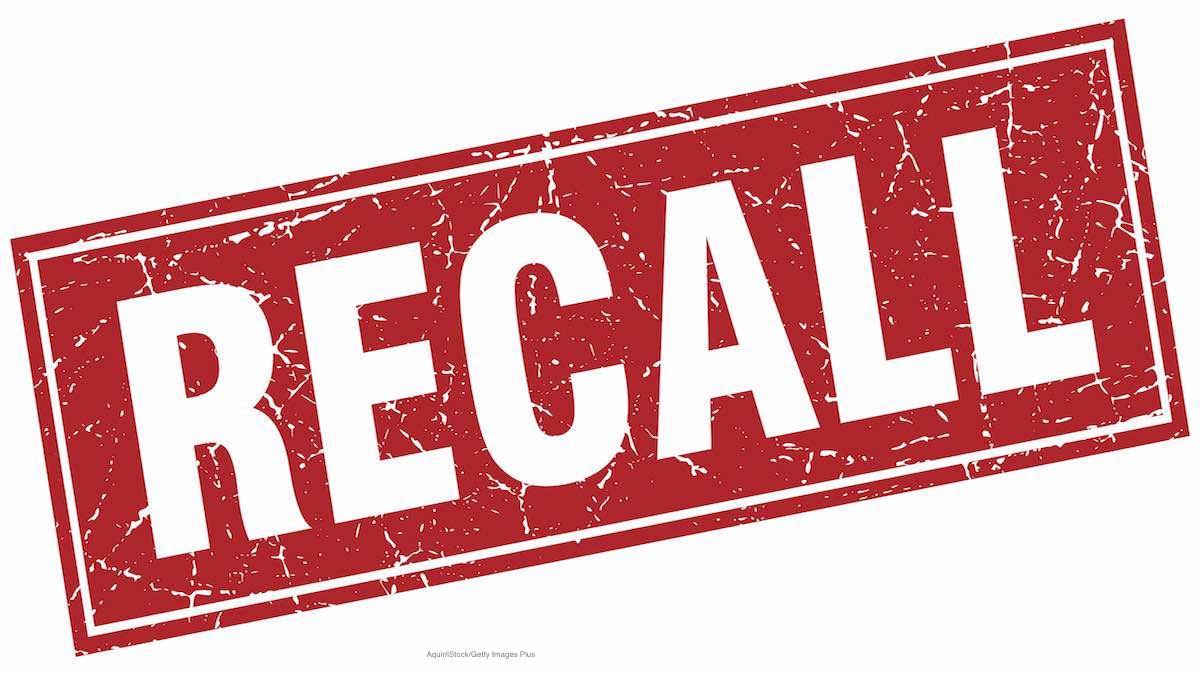According to FDA Commissioner Dr. Scott Gottlieb, the FDA is going to disclose retailer distribution information for some types of food recalls. The USDA already provides this information.

When a recall is initiated, the FDA works with companies to publicize information such as labeling, product descriptions, lot numbers, and UPC numbers, as well as photographs and some geographic info. Since supply chain information is confidential between the supplier and the retailer, the FDA has not traditionally released lists of stores where these products may have been sold.
The agency also believed that, with the information they do release, consumers have enough information to either not purchase recalled foods, or to get rid of these foods when a recall is issued. But there are some cases when more information about potentially harmful foods would be helpful.
If the food isn’t easily identifiable, and is likely to be available, or has been linked to foodborne illness, retail distribution lists are helpful. This information can help consumers quickly and accurately recognized recalled products and take action to either avoid the food or get help if they have been exposed.
Some of the foods that are not easily identifiable include deli cheeses, nuts, pet treats sold in bulk, and fresh fruits and veggies that are sold individually. Other foods may lack a lot number or other identifier.
The FDA has issued new draft guidance that describes situations where disclosing retail information is appropriate. They will include a specific retail store name and its address; or may list store chain names and geographic locations. FDA may not be able to fully verify accuracy or completeness of information it gets from recalling firms and will state this in the list. The recalls that will have distribution lists will likely be in the category of Class I recalls, where there is a “reasonable probability that the use of, or exposure to, a violative product will cause serious adverse health consequences or death.” A distribution list may also be published when the food is associated with a foodborne illness outbreak.




